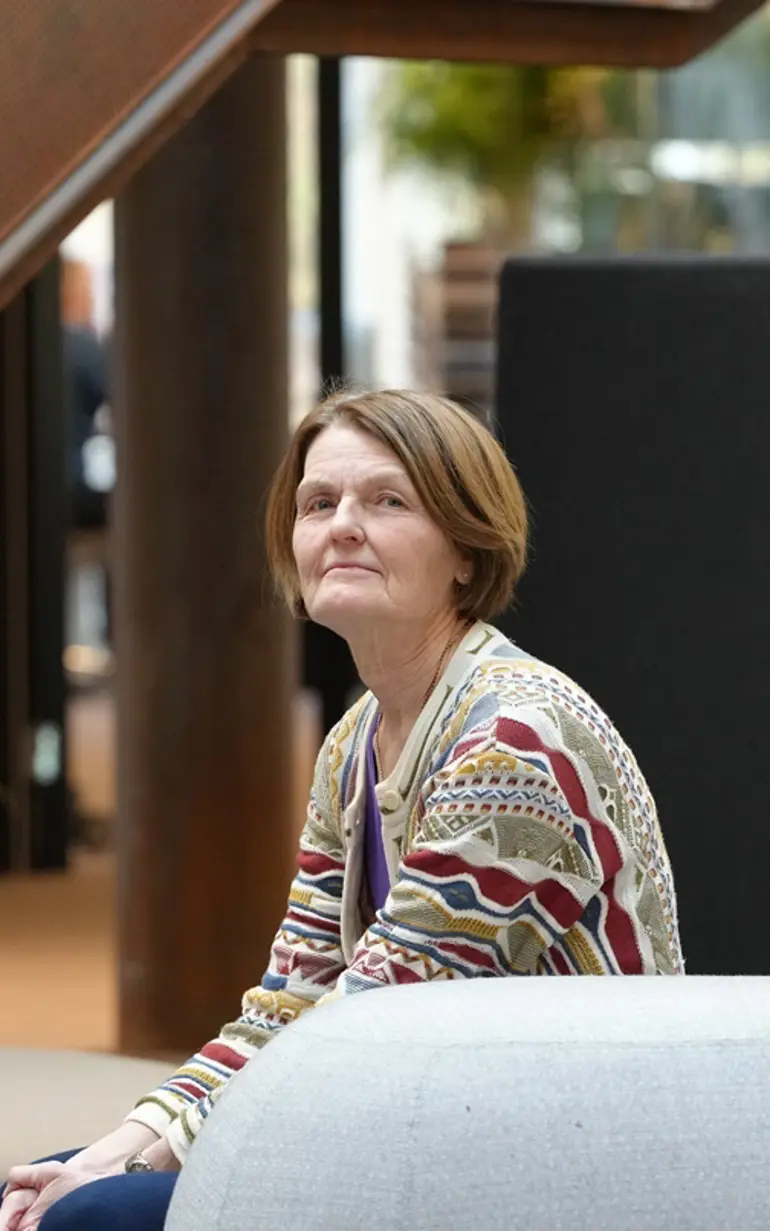
Dorte Rasmussen and her love for marathons
Dorte is a chemical engineer by education but also has skills in ecotoxicology and great experience in carrying out environmental risk assessments and screening of chemicals in various projects, including the massive Baltic Pipe project. Let’s get to know Dorte!
Hi Dorte, when did you join DHI and how did it happen?
I first joined DHI in 1983 and worked for the company for a couple of years. Then I had a 10-year gap working for other companies and organisations, including finishing my Ph.D., until I returned in 1996. I was encouraged to apply for a position at DHI because of my qualifications in environmental fate modelling of chemicals, which is the science of how chemical substances impact the environment. Since re-joining DHI I have not looked back!
Can you share a fun fact about yourself that nobody at DHI knows (yet)?
I like competing in marathon races and have completed more than 25 marathons. Although I’m getting older and am not as fast as I used to be, I have decided that I want to complete one more marathon before I pension off my running shoes.
What's the best part of your workday?
It’s without question the opportunity to collaborate with colleagues, combining our various expertise, learning from each other and coming up with new solutions. I also really enjoy working with different projects within my field. I don’t like things that become too much of a routine but feel right at home when things are a bit intense, and I have deadlines to meet.
Can you tell us a bit about the Baltic Pipe project?
The Baltic Pipe is a 900 km natural gas pipeline intended to supply gas from the Norwegian gas system in the North Sea to Poland, via Denmark. The project includes the construction of new pipelines on Danish onshore and offshore territories. Authorities need to approve the use of chemicals in the subsoil, and we provided the required documentation and assessments.
'As an ecotoxicologist, I wish more people knew that we have this expertise at DHI and learn how we can contribute to safe waters and a better environment, not to mention how chemical substances could be incorporated into MIKE models.'
Dorte Rasmussen
Principal Scientist, Denmark
